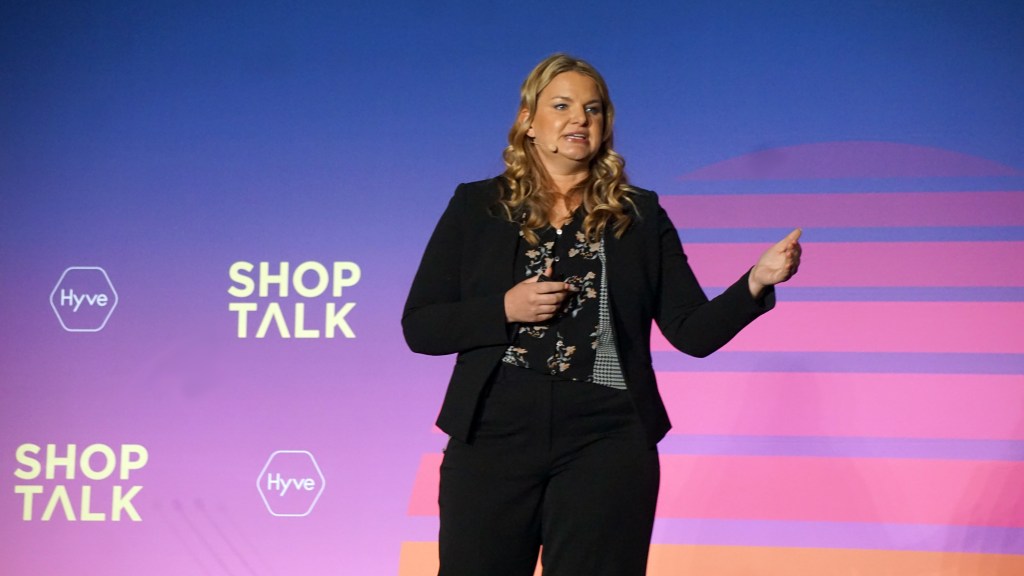What’s behind present price increases?
U.S. inflation is at a 40-year peak with no signs of slowing down soon. The pressures come from multiple directions—supply chain disruptions and product shortages, labor shortages, and world events—all at a time when consumer demand is on the rise due to stimulus checks and a rebounding economy.
The slowdown in domestic meat production in the past year now intersects with rising packaging, fuel, and transportation costs. In recent months, the crisis in Ukraine has added greater pressure on the world supply of grain and energy.
The food sector saw double-digit increases in 2021 within the producer price index (PPI). Retailers and brands absorbed a good part of those cost increases for a while, but by the close of last year we saw prices at the shelf climb faster.
The NielsenIQ dollar sales forecast for 2022 anticipates an increase of about 6%, topping $1,016 billion. Unit sales are another story. After a big increase in 2020, unit volume declined by about 4% in 2021 and is expected to be virtually flat in the year ahead.
That’s pretty much a perfect formula for inflation, and NielsenIQ Retail Measurement Services (RMS) data confirms this is reflected in recent food price increases across all major categories.
Key categories lead the trend
It is impossible not to notice that the price tags on meat, poultry’s, and seafood increased at double-digit rates last year, with no sign of abating. With meat prices up 14.2% last year and some products hard to find, more households are substituting alternative cuts, smaller pack sizes, or meatless choices.
Every other category is also experiencing price hikes. Produce prices were up 10.2%, general grocery rose 9.4%, and frozen food 8.9% for the year. Bakery prices rose a more moderate 4.5% and there is evidence that some households are shifting their spending to consume a little more bread and a little less meat.
NielsenIQ’s first quarter economic indicators forecasts significant price increases in canola oil, corn oil, peanuts, milk, and poultry. Inflationary pressures will be with us for a while, and it is important that food retailers work strategically to confront them.
How are shoppers and retailers reacting?
As mentioned, we are seeing tradeoffs with respect to meat varieties, pack sizes, and center-of-the-plate alternatives like deli meats. There is also a distinct shift within categories to private label products, which usually offer better value.
With the sharp rise in gas prices, we expect to see fewer trips to the store. That translates into more planned stock-up trips and different basket compositions. Consumers are also looking to digital technology to help bridge the gap—both by using retailer-owned loyalty apps more vigorously and seeking help from third-party apps like Ibotta, Fetch, Flipp, Gas Buddy, and others that can help them find lower prices and cash-back deals.
Many retailers are now looking at their categories and evaluating whether they should invest further in store brands or make other adjustments to their assortments. At the same time, they are scrambling to figure out how consumer behaviors are trending and where next supply issues will occur.

Four data-driven strategies to pursue now
These market shifts are like so many moving targets. Retailers and suppliers need to work with partners who can help them make informed decisions in four key strategic areas:
- Pricing: Take a data-driven approach to determine optimal pricing. Identify which products are most important to shoppers and analyze various pricing scenarios to find a balance between satisfying customers, driving increased sales, and optimizing profit margins.
- Assortment: Retailers need the ability to rationalize their product assortments and optimize for depth and breadth. This includes the flexibility to view, manage, and adjust assortments throughout the planning process.
- Promotions: To ensure that shoppers don’t feel hammered with continued price increases, retailers should consider offering promotions on premium products or the ones that matter most to bring those prices back down. There are always opportunities to make up those margin dollars on other items that may be less sensitive.
- Supplier Collaboration: Now is not a time to keep secrets between partners. Retailers and suppliers that work with NielsenIQ have seen 2%–3% growth in overall sales when they have achieved full transparency in data sharing.
Intelligent price and assortment
Retailers who take a more intelligent approach to pricing and assortment will have greater success at sustaining sales and unit volume while sustaining shopper loyalty despite some unavoidable cost increases.
This begins with an understanding of price elasticities, especially for the most important food items. In addition, it may be important to adjust some prices locally according to the markets you are in.
It is also essential to understand your category roles and intents. Are price increases the way that we need to grow? Or should I maintain price to continue to drive those customers in? Where else can I continue to have margin at the same time?
Consider adopting a simulation and optimization tool if you haven’t already. Right now, our top retailers are using them aggressively across the merchant community and they are looking at all four pillars—price, promotion, assortment, and supplier collaboration.
Look again at your decision trees
If you haven’t recently looked at your shopper’s decision trees, now may be a good time. These come in two important flavors:
- Trip decision trees provide deep understanding of what drives store visits
- Consumer decision trees provide insight into how their purchases change over time
In the context of a store visit, shoppers come to the store with specific needs in mind. They then make a set of decisions based on preferences and respond to things they learn checking items at the shelf. Prices are a major part of this, but so are perceived quality, variety, package form, ingredients, and more. Price inflation may alter how these decisions are made.
The consumer decision tree offers a view of the long tail for those same shoppers. What’s their behavior over time? What product attributes are more important to them and how do they shift when they confront significant price increases, such as those they are confronting now?
Seven key takeaways for retailers as they tackle inflation
Your response to inflation cannot be limited to only one or two of the four strategies. It is essential to consider pricing, promotions, assortment, and supplier collaboration in concert in order to blunt the challenging effects of market price increases. A data-driven approach, backed by the right analytic tools and powerful data, will enable retailers to lead the pack with intelligent prices that keep shoppers coming back.
To conquer inflation in 2022, apply these seven principles:
- Lead with data to help you understand your customers and their behavioral shifts
- Invite suppliers to the table to collaborate and build strong price and promotion strategies
- Personalize promotional offers to build customer loyalty
- Identify key value items and focus on them to ensure everyday price competitiveness
- Differentiate with local brands, RTE meals, luxury versus value offering, etc.
- Make room for new products, new trends, and the latest innovations
- Always put your customers at the center





